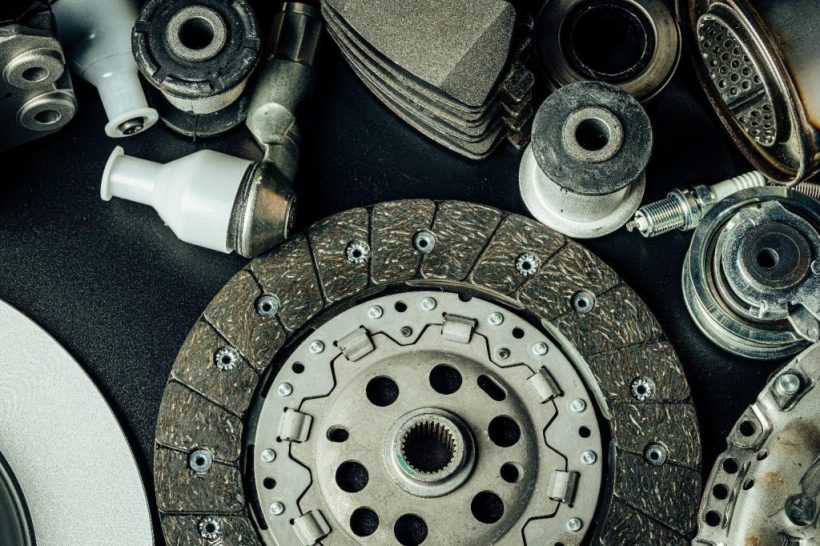Are you worried that there might be a problem with your car’s clutch? Over time, they might start to wear down and have problems. It might have defects or other issues that could necessitate a replacement. Those who aren’t mechanics and gearheads might not always know when there is a problem and when the clutch kit will need to be replaced, though. The following tips can help you to get a better sense of clutch health.
1. Know the Feel of Your Clutch
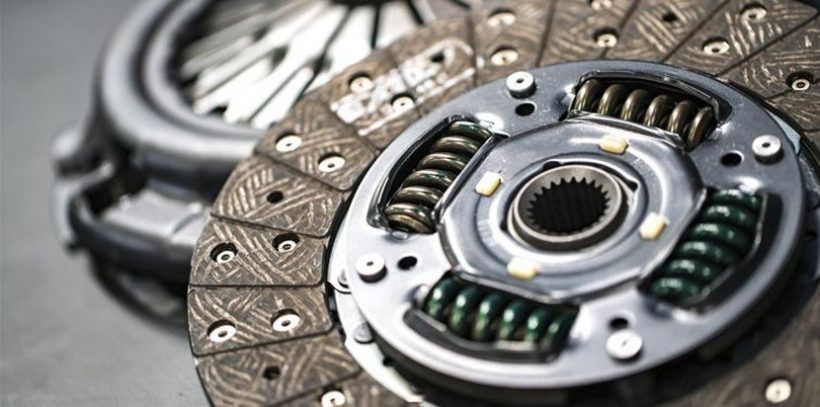
You need to know your car and your clutch. If you are familiar with the feel of it, you will find that it tends to be easier to notice when there are issues. Pay attention to how it engages and take note of slippage and the overall feel of your vehicle when driving.
Often, one of the first signs that you might have a bad clutch is that it will start to slip when you accelerate. The speed of the engine will increase, but the car doesn’t go any faster. Sometimes the RPM of the engine will not match the increase in speed.
Keep in mind the purpose of the clutch, as this can help you have a better idea of when something is going wrong. It is meant to release force between the engine and the transmission. This lets you shift gears easily. However, if it is not properly releasing the connection between the engine and the gearbox, you will have a lot of trouble switching between gears. If you are having trouble switching gears, get the clutch checked.
2. Pay Attention to the Smells and Sounds
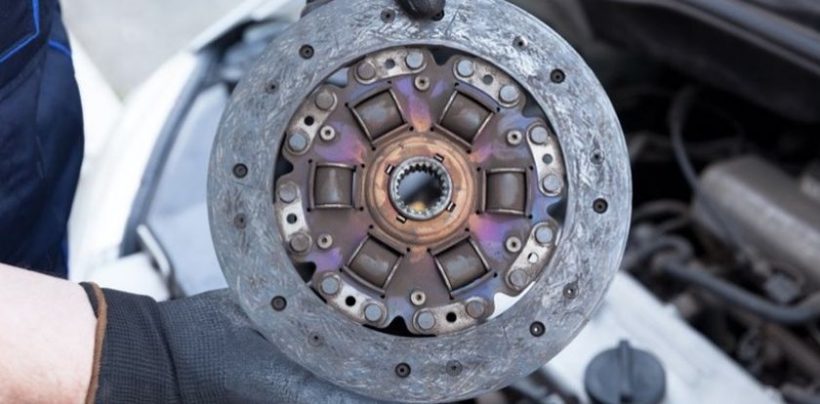
If you notice an odour that smells like something is burning coming from beneath your hood, it could be an indication that you have a slipping clutch, as mentioned above. If it is overheating, it could cause damage to other components in the car. Of course, it could also indicate other issues, such as electrical issues or an oil leak. However, when the scent is paired with other signs of a failing clutch, it could be another clue that you are in the market for a clutch kit.
In addition to things like the scent and the feel, you should also pay attention to the sounds being made. If you hear grinding coming from the engine when you press the clutch, it could indicate that you have damaged its pressure plate or throw-out bearing. Whenever strange sounds are coming from the clutch or any part of the vehicle, you should have your car checked out.
3. Press the Clutch Pedal
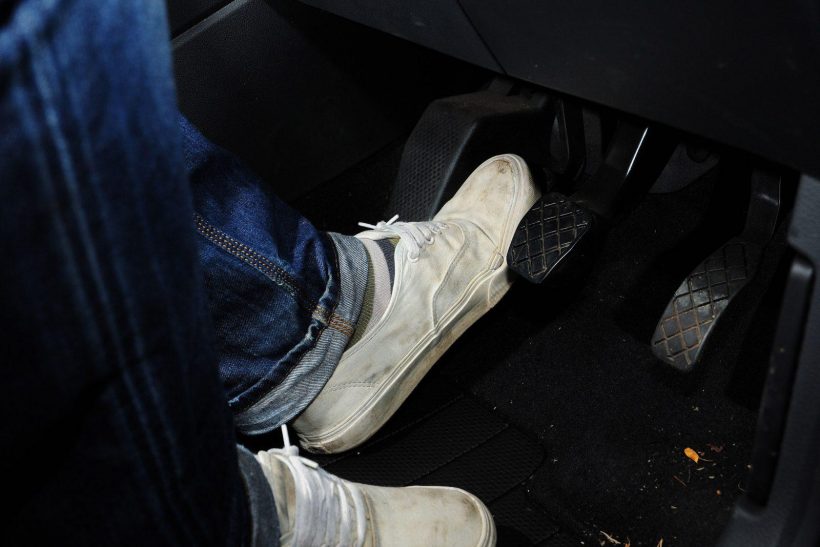
Push on your clutch pedal with your food. If it disengages sooner than it should, it is a sign that it may need to be replaced. Pay attention to how much pressure you have to put on it. If it is “softer” than usual when pressing the clutch, it could mean that you have a problem with its pressure plate, which will need to be addressed. It could mean that you will need a new kit installed.
4. Check the Clutch Fluid Level
Check your clutch fluid under the hood. If the reservoir is below the minimum line, add some fluid and see how it behaves. This could be all you need to get things back in working order.
5. Drive the Car
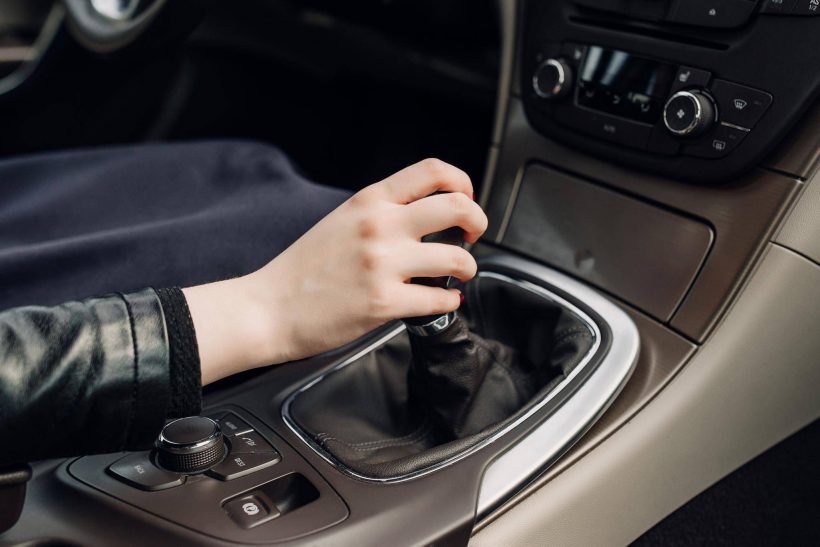
Get out and drive the vehicle. You want to see if it takes more RPMs to get to a certain speed than usual. While driving in third gear, put the car into second and then let out the clutch. If you notice that the RPMs don’t go up immediately, it could indicate a problem with it.
What Causes Damage to the Clutch?
Although the clutch in vehicles tends to be durable, they may eventually need to be changed due to wear and tear. Additionally, certain driving habits can cause it to wear out faster. If you want to ensure your car’s clutch has a longer life, make sure that you are not guilty of the following bad habits. A couple of the biggest problems are detailed below.
Riding the Clutch
If your clutch is not all the way down or all the way up, you are “riding the clutch”. This often happens when you are going through traffic. Sometimes, you can’t avoid doing it. However, you always want to make sure that you smoothly and fully engage it when changing gears and bringing it all the way up before you start to move.
Changing Gears Incorrectly
Those who are new to driving vehicles with clutches may find that it’s difficult to change gears smoothly and quickly. This causes more than just a stop and hitch drive, but it could also damage the clutch and gearbox. Take some time to practice in a safe location before you get out on the open road. Build up your confidence with it and you will have fewer problems.
Dangers of Driving with a Damaged Clutch
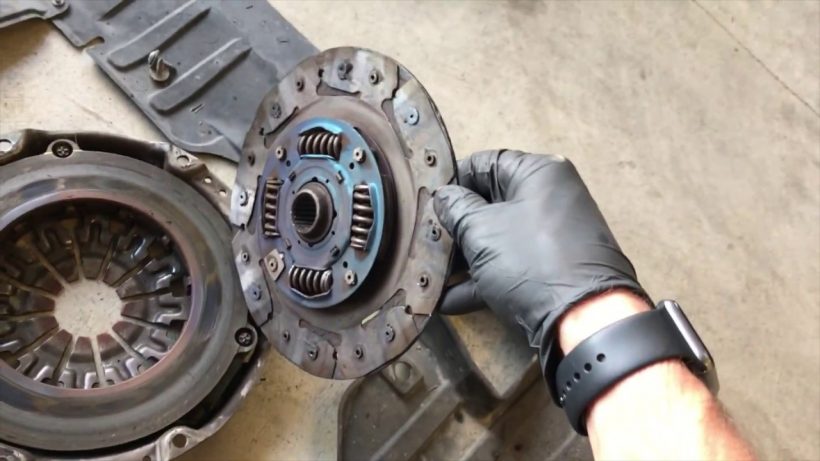
You should never drive your car if the clutch is damaged and needs to be replaced. It is dangerous, and it could cause further issues with your vehicle, which will make it more expensive to repair. You never want to let a problem like this persist in your car because it will only get worse, not better. When you notice issues, get them checked out and then find the right clutch kit to use as a replacement.
When in the market for clutch kits, make sure you are choosing only the best ones that will fit your make and model. Clutch Direct has a massive range of clutch kits available to order online, and is a good place to start your research. Once you get your clutch kit, you can make the replacement on your own if you have the tools, or you can have a professional use those you bought.

